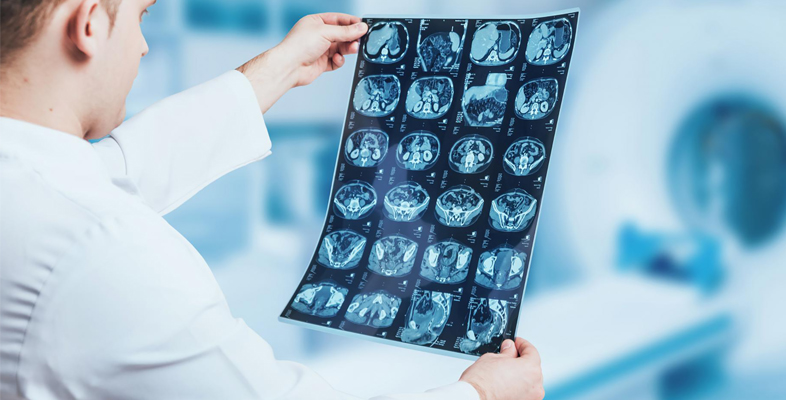5.6 Cisplatin in the body
Once cisplatin has been introduced into the body, it will circulate in the bloodstream and so potentially can come into contact with all of the organs in the body.
The aim of cancer chemotherapy is to maximise damage to cancer cells while minimising damage to normal cells.
As you will see, this is not totally achieved in practice, but essentially it is hoped that any excess cisplatin can be excreted from the body without too much harm to other cells.
As a transition metal, platinum, by its nature, is able to bind to ligands available in the surrounding environment. As a soft metal, you know that it will favour soft ligands; foremost among these in natural systems are sulfur atoms. Many biomolecules contain sulfur centres, so these are clearly favourable potential coordination sites for platinum.
-
Why is this likely to have a detrimental effect on the effectiveness of cisplatin?
-
Some of these binding interactions will reduce the efficiency of the drug and some of them will lead to undesirable side effects.
Intracellular thiols include GSH, which is present in all cells – typically in concentrations of 3–10 mmol . It binds to platinum through sulfur to give a high-molecular-mass polymer with a Pt : GSH ratio of 1 : 2. GSH–Pt binding results in depletion of platinum from circulation and the Pt–GSH complex is pumped out from tumour cells.
Clearly, this affects the cytotoxic effect of the drug as it removes the cisplatin before it can damage the cancer cell.
In the kidney, the storage protein metallothionein reacts with cisplatin to give Pt7−10MT containing PtS4 units, which are also inactive.
